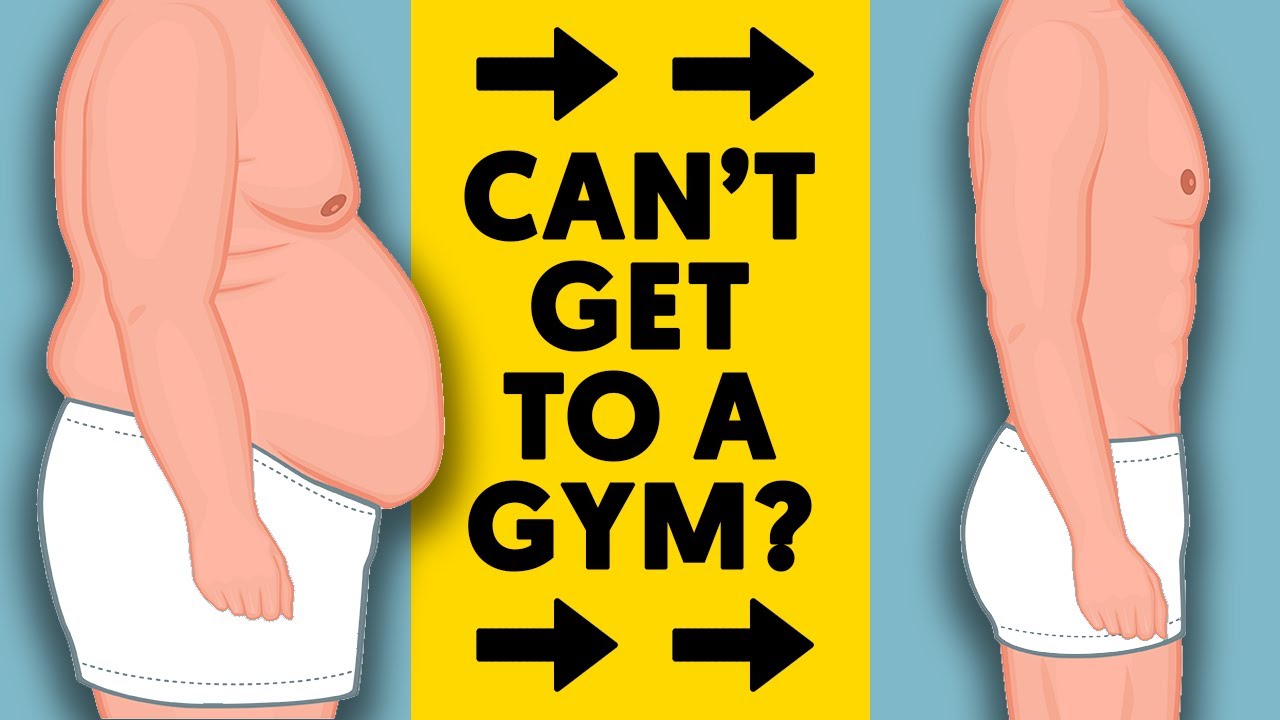Intermittent Fasting For When You Can’t Get to a Gym
Nowadays, intermittent fasting (IF) is one of the trendiest health and fitness practices around the globe.
Whether it’s to lose weight, streamline their lifestyle, or boost their health, people are now turning to intermittent fasting.
Based on several studies, it can have significant effects on the body and brain.
In fact, it may even help you live longer.
Keep watching to know the important things you should keep in mind when doing intermittent fasting in times where it’s hard to go to a gym.
1. Intermittent fasting has top 3 methods
There are numerous ways to do IF and all of them require dividing the day or week into fasting and eating periods.
During fasting, it’s either you eat very little or none at all.
Take a look at the three most popular methods and see if any of them will appeal to you.
The 5:2 diet entails consuming around 500 to 600 calories on 2 non-consecutive days each week, then eating normally on the other 5 days.
The 16/8 method involves eating only during an 8-hour window then allocating the remaining 16 hours for fasting.
Eat-Stop-Eat is a method where you go on fasting for 24 hours, once or twice a week.
2. There’s no “one-plan-fits-all” when it comes to IF
Since there are at least five primary types of fasting, plus various options for each type, intermittent fasting can complement almost any routine.
Nonetheless, it’s essential to also take note that the plan that has worked for someone else may not produce the same positive results for you.
Although some people are doing great with a plan of a whole day fasting per week, others are more successful with an 8 or 12-hour fasting period.
3. You may stumble along the way
Sometimes, even after doing thorough research, you may find that your current plan isn’t working for you.
For instance, going too long with an empty stomach may cause you to become grumpy.
Encountering an obstacle like this is normal for many.
The key here is to be aware of your routine and whether or not it works together with intermittent fasting.
From there, you can just adjust accordingly.
4. Fasting isn’t a panacea
Sure, there are tons of benefits to following a regular fasting routine.
However, it’s also important to keep in mind that IF isn’t going to be the cure-all that will solve each of your health problems.
Just like any diet changes, you should consider it a tool, but you may need some patience to see and feel the benefits.
5. Stress can reverse your results
When there’s a change to your routine, your body may experience stress as a result. And starting intermittent fasting will surely be a huge change in routine.
Research has shown that hunger can active the stress hormone cortisol.
Have you heard of the term “stress eating”?
Well, you could say that this has happened to some, which can get in the way of your fasting plan.
That’s why you must stick to a plan that’s comfortable for your body, instead of forcing yourself and causing you to binge eat.
Have you tried intermittent fasting before? How was it?
You can share your thoughts about it below. Some tips from you are also welcome.
▶ Subscribe to the channel! – https://goo.gl/nJ8d6r
Royalty free Pictures from
www.pixabay.com
www.pexels.com
Royalty Free Music from
Audio Library – No Copyright Music



![[ID: Hx_A0iLhdr8] Youtube Automatic](https://bizimtube.com/wp-content/uploads/2021/03/id-hxa0ilhdr8-youtube-automatic-236x133.jpg)
![[ID: lp7w0UmpuIs] Youtube Automatic](https://bizimtube.com/wp-content/uploads/2021/03/id-lp7w0umpuis-youtube-automatic-236x133.jpg)
![[ID: s2-7T1TH-lY] Youtube Automatic](https://bizimtube.com/wp-content/uploads/2021/03/id-s2-7t1th-ly-youtube-automatic-236x133.jpg)
![[ID: b_lakC9M4UQ] Youtube Automatic](https://bizimtube.com/wp-content/uploads/2021/03/id-blakc9m4uq-youtube-automatic-236x133.jpg)
![[ID: r44yl6nPONs] Youtube Automatic](https://bizimtube.com/wp-content/uploads/2021/03/id-r44yl6npons-youtube-automatic-236x133.jpg)
![[ID: pAwto1YQjA8] Youtube Automatic](https://bizimtube.com/wp-content/uploads/2021/03/id-pawto1yqja8-youtube-automatic-236x133.jpg)
![[ID: XETG8azHiv4] Youtube Automatic](https://bizimtube.com/wp-content/uploads/2021/03/id-xetg8azhiv4-youtube-automatic-236x133.jpg)
![[ID: f3G_-S_2HUk] Youtube Automatic](https://bizimtube.com/wp-content/uploads/2021/03/id-f3g-s2huk-youtube-automatic-236x133.jpg)
![[ID: G8oWns54snA] Youtube Automatic](https://bizimtube.com/wp-content/uploads/2021/03/id-g8owns54sna-youtube-automatic-236x133.jpg)
![[ID: s0lIFXhu6aw] Youtube Automatic](https://bizimtube.com/wp-content/uploads/2021/03/id-s0lifxhu6aw-youtube-automatic-236x133.jpg)
![[ID: 4UTd2Ev8eYg] Youtube Automatic](https://bizimtube.com/wp-content/uploads/2021/03/id-4utd2ev8eyg-youtube-automatic-236x133.jpg)
![[ID: RKBGBjVJBxQ] Youtube Automatic](https://bizimtube.com/wp-content/uploads/2021/03/id-rkbgbjvjbxq-youtube-automatic-236x133.jpg)